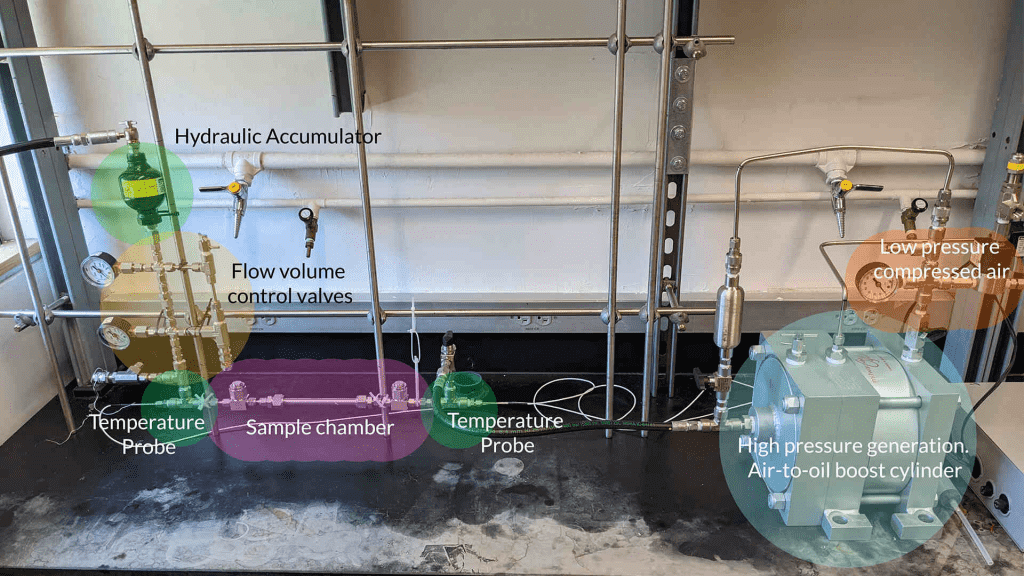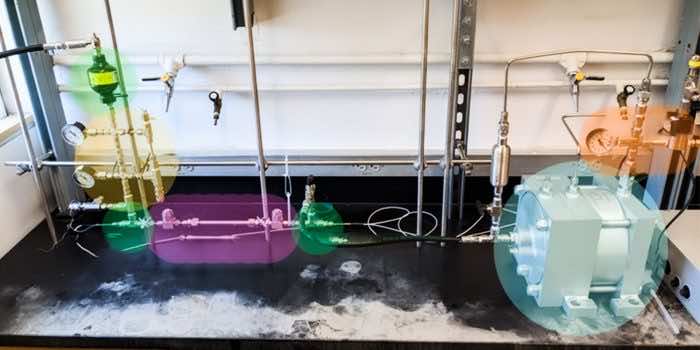As we know, the world is going through extreme temperatures, and the recent blazing heatwaves that scorched Europe, Asia, and the US are enough for us to determine the intensity. The only solution to survive in this extreme temperature lies in the use of air conditioners, but we do know that the emissions through their compressors contain greenhouse gases that can pollute the environment in one way or the other. Owing to these considerations, scientists have devised a new prototype device that uses solid refrigerants to be used in air conditioners. The idea is surprisingly simple, with enormous benefits. The technique is also environmentally friendly and does not emit any hydrofluorocarbons as in the case of the air conditioners.

As per Adam Slavney, who is also a Ph.D. and has also presented the research work at the fall meeting of the American Chemical Society, “Just installing an air conditioner or throwing one away is a huge driver of global warming.” Unlike traditional air conditioners, this new technique uses barocaloric materials that require high pressure until they start cooling. Moreover, these materials come under the category of solid refrigerants and are “typically floppy and disordered.” However, when they are compressed under high pressure, the molecules become more ordered and stronger, just like solids.

Jarad Mason, Ph.D., who is the project’s principal investigator at Harvard University, defined the process in the following words: “The process of going from an ordered to a relaxed structure is like melting wax, but without it becoming a liquid. When that pressure is released, the material reabsorbs heat, completing the cycle. ” However, on the downside, these materials require high-pressure systems for compression, which is not practically possible. To cater to this loophole, Mason and his team opted for metal halide perovskite materials that can work well under low pressures.
If we talk about the specifications of the device, it consists of three parts, including a metal tube, a hydraulic piston, and a liquid. The metal tube further contains solid refrigerant material and an inert liquid. It can be water or oil, which is composed of refrigerant for further processing. Similarly, the hydraulic piston, as the name suggests, is used to exert pressure on the liquid and compress it further. Last but not least, liquid assists the refrigerant to flow throughout the system, thereby carrying heat across the system.
They said, “The materials we reported are able to cycle at about 3,000 psi, which are pressures that a typical hydraulics system can work at. Our system still doesn’t use pressures as low as those of commercial refrigeration systems, but we’re getting closer.” Similarly, the team said, “This is the first working cooling system using solid-state refrigerants that rely on pressure changes. We’re really hoping to use this machine as a testbed to help us find even better materials.”


